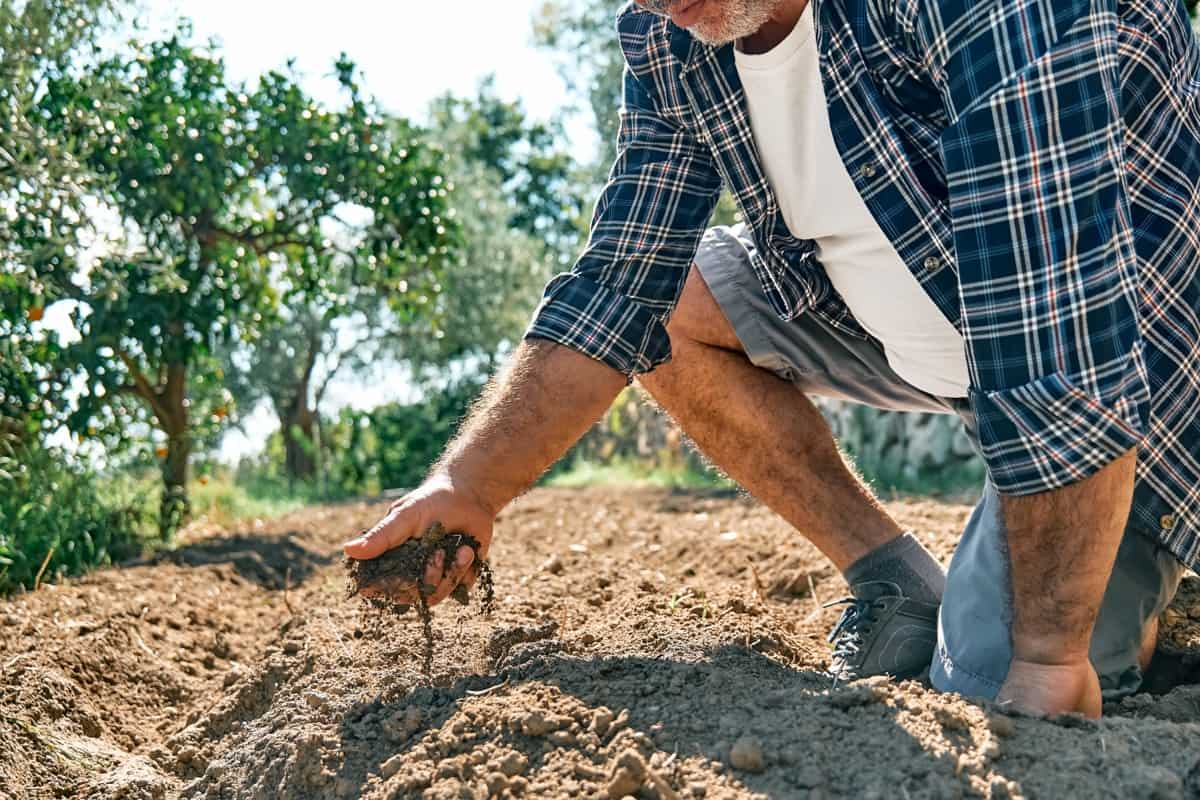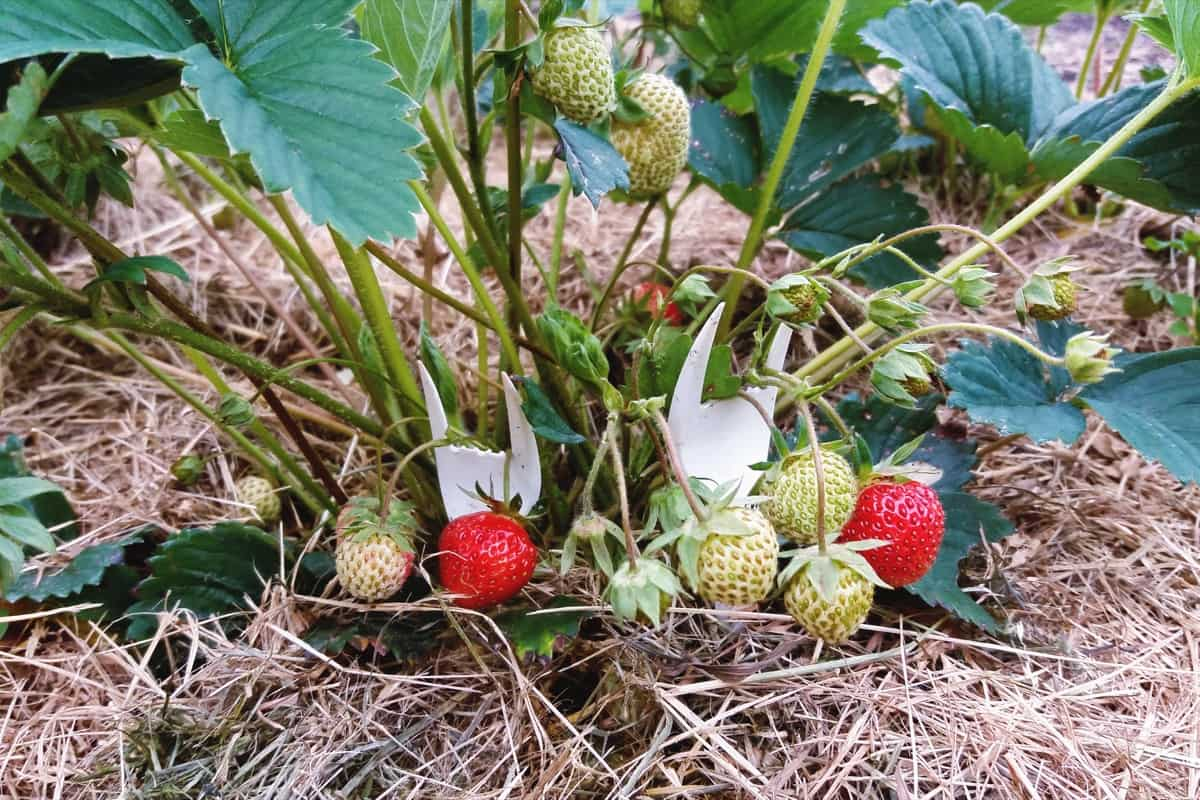Sustainable gardening is an approach to growing plants that minimize negative environmental impacts and maximizes positive ones. If you’re a beginner or an experienced gardener, there are plenty of ways to ensure your garden is as eco-friendly as possible. With just a few simple steps, you’ll be able to start growing healthy plants without having to worry about the environmental impact.

When you garden sustainably, you create a healthy space for both people and the planet. Sustainable gardening practices help to conserve water and energy, reduce pollution, and protect our natural resources. Sustainable gardening also provides benefits for people and wildlife.
9 Sustainable Gardening Ideas
Choose the Right Site
When starting a sustainable garden, the most important decision you will make is choosing the right site. Climate is an important factor to consider when choosing a site for your sustainable garden. You must choose a site with the right climate for the plants you want to grow. The climate of a region can be determined by its average temperatures and rainfall.
Space is another important factor when choosing a site for your sustainable garden. You will need to choose a site with enough space for the garden size you want to create. If you have limited space, you may consider container or vertical gardening.
Know Your Soil
Starting with the foundation of your soil is important if you want a sustainable garden. The type of soil you have will determine what types of plants can be grown in your garden. If you have sandy soil, for example, you will not be able to grow as many plants as you could in clay soil. Test your soil regularly. This will help you determine what nutrients your plants need and how to adjust your gardening practices accordingly.

Pick Native Plants
When starting a sustainable garden, one of the most important things to consider is what plants you will use. Native plants have evolved to be well-suited to the local climate and soil. They require less water and fertilizer than non-native plants and are often more resistant to pests and disease. This means they are better for the environment and easier to care for in the long run. They will save you time and money in the long run and help you create a healthy and beautiful space that benefits both people and wildlife.
Use Less Energy
When it comes to sustainable gardening, the best thing you can do is to use less energy. One way to use less energy is to choose native plants. You can also save energy by using organic gardening methods. Consider using solar power for some of your gardening needs. Several solar-powered products on the market can help you save energy, including solar-powered lights, water pumps, and even greenhouses. By harnessing the sun’s power, you can greatly reduce your carbon footprint while enjoying all the benefits of gardening.
Conserve Water
Use a rain barrel or water catchment system to collect rainwater for watering your plants. Choose drought-tolerant plants that require less water. Group the plants together based on their water needs so you can more efficiently target your watering. Water your plants in the morning or evening when evaporation is less likely. Check your irrigation system regularly for leaks and repair them promptly.
Minimize Fertilizer Use
Fertilizer is essential to maintaining a healthy garden, but it is important to use it sparingly. Too much fertilizer can damage plants and pollute the environment. Apply only as much fertilizer as recommended by the manufacturer or a soil test. Applying too much fertilizer can burn plants, leaving them yellow and stunted.
Choose organic fertilizers whenever possible. Synthetic fertilizers can pollute waterways and harm wildlife. Use compost instead of fertilizer. Compost is made from organic matter, such as food scraps and yard waste, and it enriches the soil without the risks of synthetic fertilizers.
Make Your Compost
If you have a garden, chances are you already have the ingredients to make your compost. Compost is the best way to add nutrients and improve the structure of your soil, and it’s easy to make at home with some basic kitchen scraps and yard waste. The first step is to find a suitable location for your compost bin or pile. If you live in an apartment or other small space, many commercial compost bins are available that will fit easily on a balcony or patio.
Next, start adding your organic materials to the bin or pile. A good ratio to aim for is approximately two parts green material (such as lawn clippings) to one-part brown material (such as dead leaves). Once you have a good mix of materials in your bin, it’s time to start turning it regularly. This aerates the compost and helps speed up the decomposition process.
Save Your Seed
The most sustainable thing you can do as a gardener is to save your seeds. This means you can grow the same plants year after year without having to buy new seeds each time. Just let some of your plants go to seed at the end of the season, then collect the seeds and store them in a cool, dry place. When ready to plant again, sow the seeds and enjoy.
Mulch Your Garden
Mulching is an important part of sustainable gardening. It helps to conserve water, improve soil health, and suppress weeds. Organic mulches help to improve soil health as they decompose. They also help to suppress weeds and protect plant roots from extreme temperatures. Inorganic mulches, such as gravel or stone, can also help to suppress weeds and conserve water. They don’t provide any nutritional benefits to the soil but can be a good choice if you’re looking for a low-maintenance option. Apply the type of mulch you choose at the right time of year.

Conclusion
Sustainable gardening is a great way to grow healthier, more nutritious plants and vegetables while taking steps to protect the environment. Whether you’re looking for sustainable gardening ideas at home or want to explore further and develop your skills, there are plenty of options.
From using natural fertilizers and composting to creating biodiverse ecosystems in your backyard, get creative with sustainable gardening as you learn how to use resources that don’t harm nature. With enough patience and research, anyone can become an expert in sustainable gardening.
- Feed Your Flock for Less: Top 10 Tips to Save on Chicken Feed
- Ultimate Guide to Ossabaw Island Hog: Breeding, Raising, Diet, and Care
- Hatching Answers: The Top 10 Reasons Your Chickens Aren’t Laying Eggs
- Eggs and Economics: Breaking Down the Cost of Raising Backyard Chickens
- Defend Your Greens: Proven Methods to Keep Iguanas Out of Your Garden
- Ultimate Guide to Cinnamon Queen Chicken: A Comprehensive Guide for Beginners
- Ultimate Guide to California Tan Chicken: Breeding, Raising, Diet, Egg-Production and Care
- Ultimate Guide to Marsh Daisy Chicken: Breeding, Raising, Diet, and Care
- 10 Types of Chicken Farming Businesses You Can Start for Profits